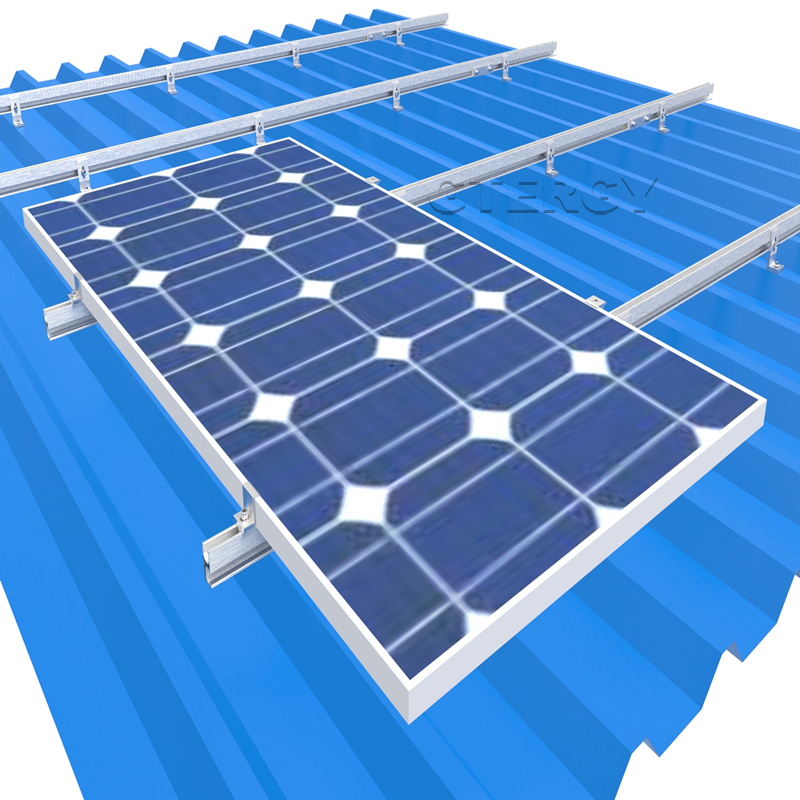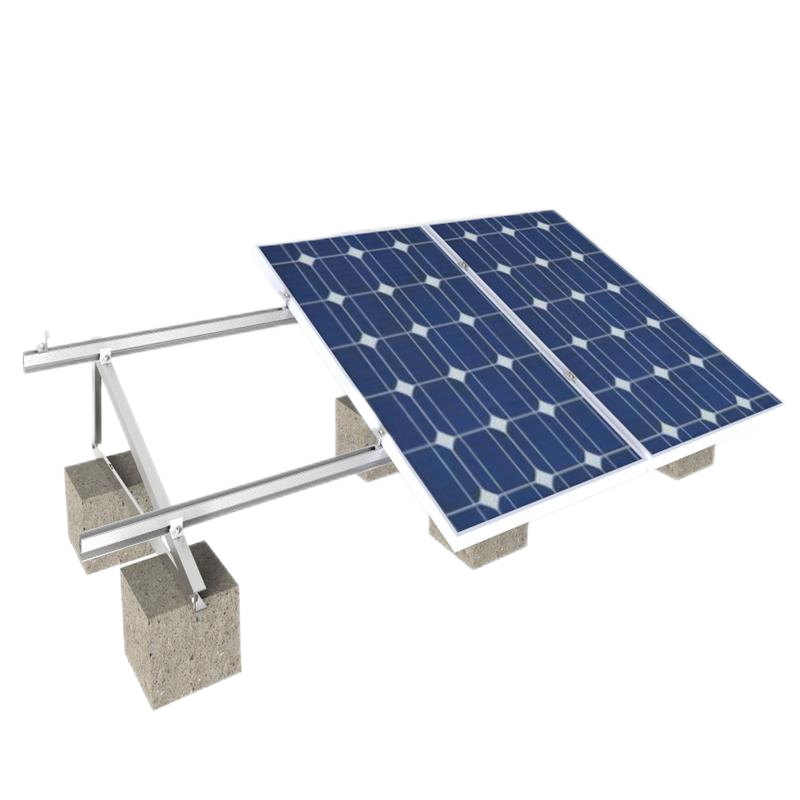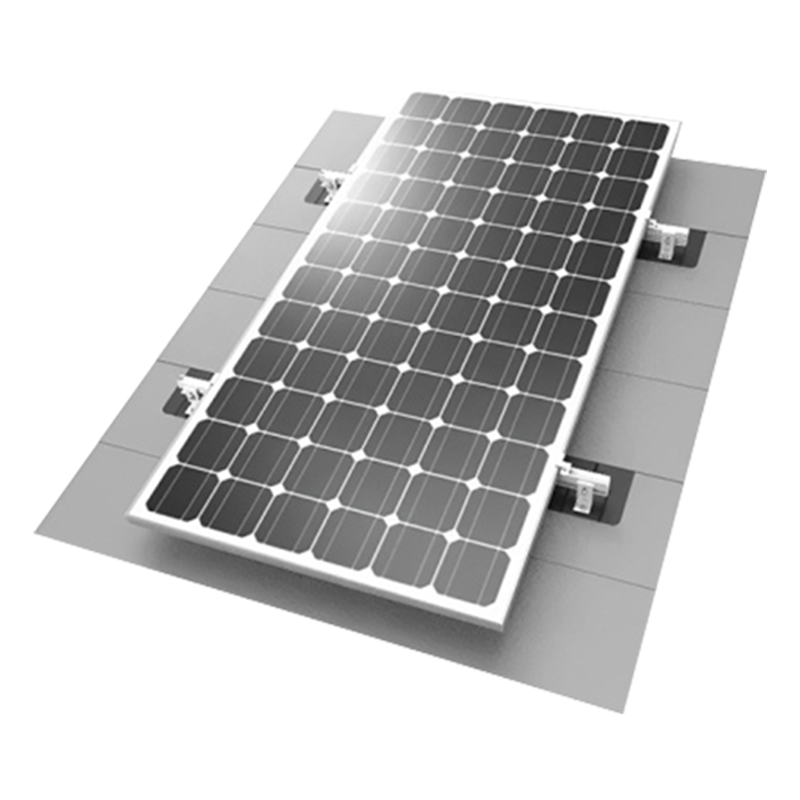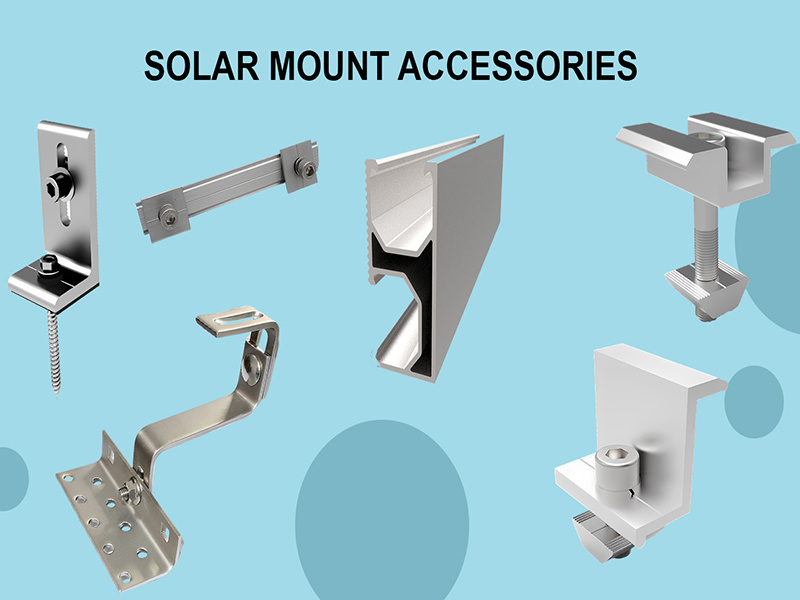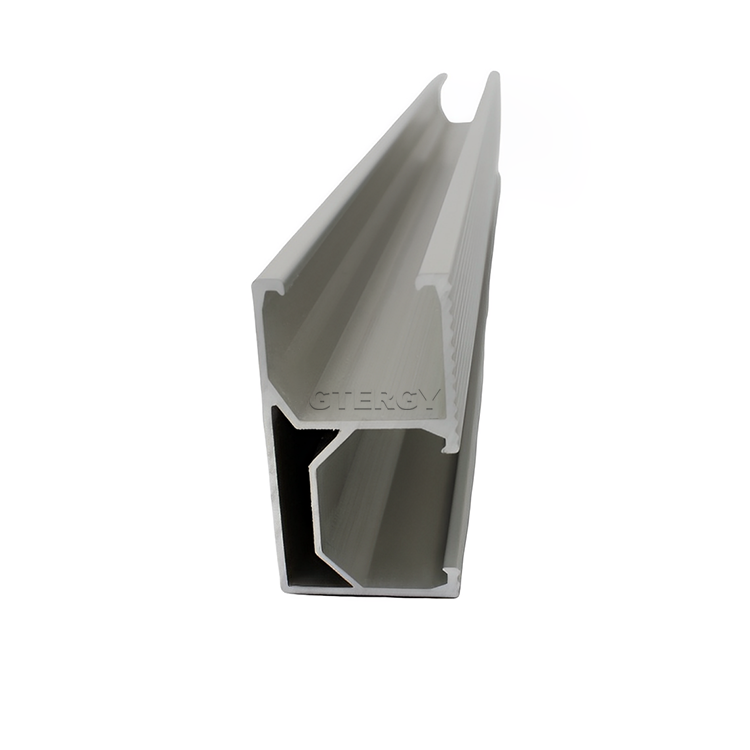Understanding PV Rail Mounting: Essential Insights for Solar Energy Installations
2025-07-26
PV rail mounting plays a pivotal role in the installation and stability of solar energy systems. As the demand for renewable energy sources continues to rise, understanding the importance of proper mounting solutions becomes essential for both efficiency and safety. PV rails, typically made from durable materials like aluminum or steel, serve as the backbone of solar panel installations, ensuring that panels are securely attached to rooftops or ground-mounted systems.
One of the primary functions of PV rail mounting is to provide a solid framework for solar panels. The rails facilitate a consistent alignment and spacing, which is crucial for optimizing energy capture from sunlight. This alignment not only enhances the aesthetic appeal of the installation but also maximizes the solar panels' exposure to sunlight, ultimately improving energy production.
Another significant advantage of using PV rail mounting systems is their adaptability. These mounting solutions can be tailored to various roof types, including flat, sloped, and even commercial buildings. This versatility makes them a preferred choice for both residential and industrial applications. Moreover, rail mounting systems often come with adjustable features, allowing technicians to fine-tune the angle and orientation of the solar panels according to geographical and environmental factors.
Additionally, proper installation of PV rail mounting ensures compliance with industry standards and local regulations. These mounting systems are designed to withstand harsh weather conditions, including heavy winds and snow loads, which are crucial considerations for maintaining the integrity and longevity of solar installations. Utilizing high-quality mounting solutions contributes to the overall safety and reliability of solar energy systems.
It is also worth noting that the installation process of PV rail mounting should be approached with expertise. Proper training and adherence to manufacturer guidelines are essential to avoid common pitfalls, such as improper alignment or insufficient anchoring, which could lead to operational failures.
In summary, PV rail mounting is an indispensable component of any solar energy system, providing the necessary support, flexibility, and durability to ensure optimal performance. By prioritizing quality installation and utilizing appropriate mounting solutions, users can significantly enhance the efficiency and longevity of their solar energy investments. Understanding these aspects not only empowers installers and engineers but also helps consumers make informed decisions about their energy solutions.
One of the primary functions of PV rail mounting is to provide a solid framework for solar panels. The rails facilitate a consistent alignment and spacing, which is crucial for optimizing energy capture from sunlight. This alignment not only enhances the aesthetic appeal of the installation but also maximizes the solar panels' exposure to sunlight, ultimately improving energy production.
Another significant advantage of using PV rail mounting systems is their adaptability. These mounting solutions can be tailored to various roof types, including flat, sloped, and even commercial buildings. This versatility makes them a preferred choice for both residential and industrial applications. Moreover, rail mounting systems often come with adjustable features, allowing technicians to fine-tune the angle and orientation of the solar panels according to geographical and environmental factors.
Additionally, proper installation of PV rail mounting ensures compliance with industry standards and local regulations. These mounting systems are designed to withstand harsh weather conditions, including heavy winds and snow loads, which are crucial considerations for maintaining the integrity and longevity of solar installations. Utilizing high-quality mounting solutions contributes to the overall safety and reliability of solar energy systems.
It is also worth noting that the installation process of PV rail mounting should be approached with expertise. Proper training and adherence to manufacturer guidelines are essential to avoid common pitfalls, such as improper alignment or insufficient anchoring, which could lead to operational failures.
In summary, PV rail mounting is an indispensable component of any solar energy system, providing the necessary support, flexibility, and durability to ensure optimal performance. By prioritizing quality installation and utilizing appropriate mounting solutions, users can significantly enhance the efficiency and longevity of their solar energy investments. Understanding these aspects not only empowers installers and engineers but also helps consumers make informed decisions about their energy solutions.
Related Information



